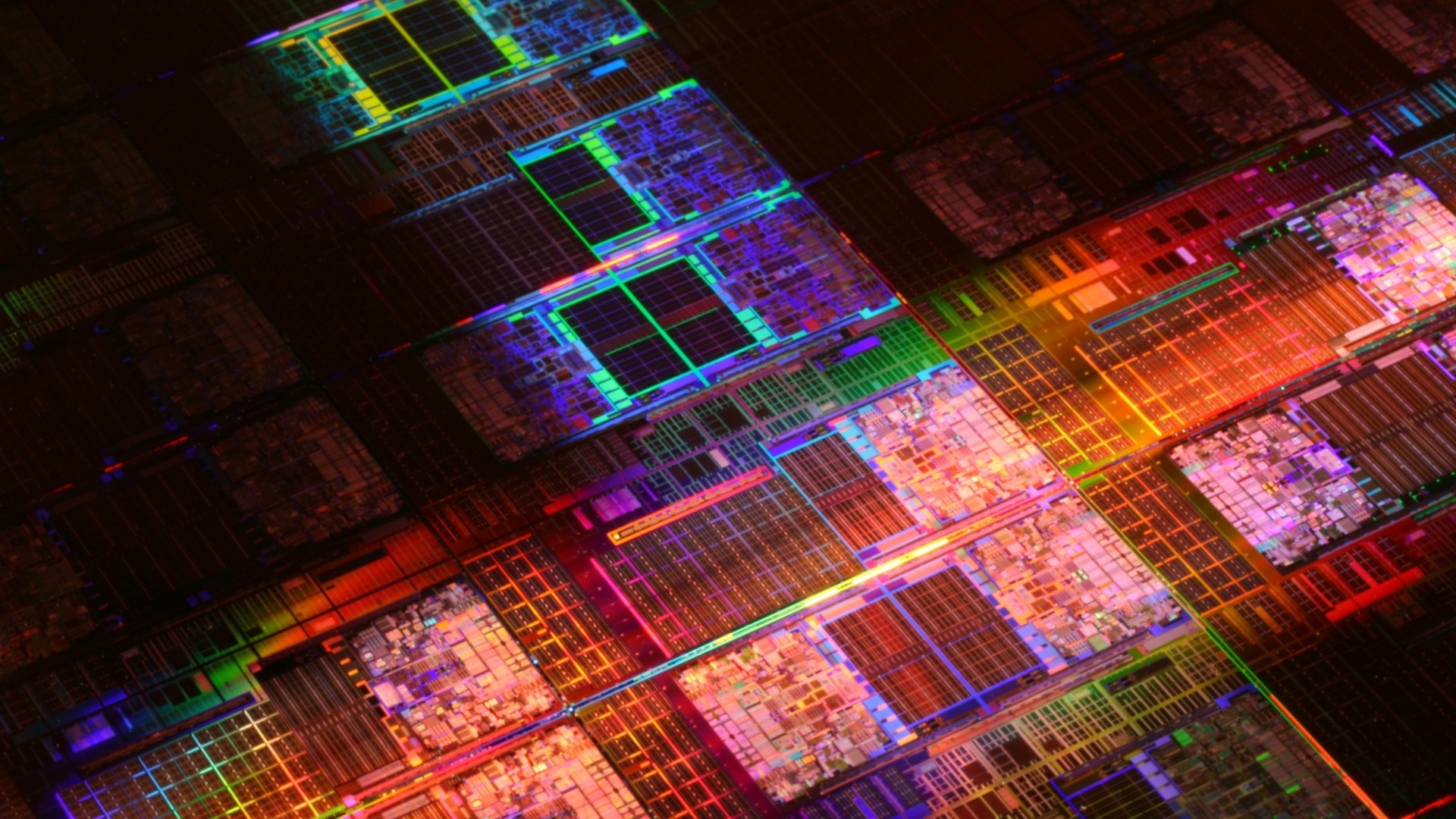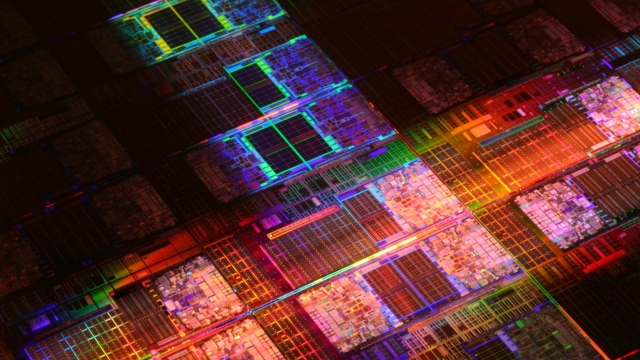
Deepfake technology has rapidly emerged as a double-edged sword, blurring the lines between fiction and reality. As the boundaries of what can be manipulated and fabricated continue to stretch, it becomes imperative to unmask the illusion created by this deceptive technology. Deepfakes refer to highly convincing videos or images that have been manipulated using artificial intelligence, allowing individuals to replace someone’s face with another’s seamlessly.
Although initially hailed as a groundbreaking form of entertainment and a testament to the capabilities of AI, the potential consequences of deepfakes are alarming. The ease and accessibility of this technology raise concerns about its misuse, particularly for malicious purposes such as identity theft, misinformation campaigns, and even blackmail. As we delve deeper into the age of deepfakes, it becomes vital to explore their implications, reveal the methods used to create them, and ultimately, develop strategies to combat this deceptive phenomenon.
Understanding Deepfake Technology
Deepfake technology is a powerful and controversial tool that has rapidly gained attention in recent years. It refers to the sophisticated manipulation of digital media, primarily using artificial intelligence and machine learning algorithms, to create highly convincing fake videos or images. These deepfakes are designed to appear authentic, often replacing the likeness of one person with another in a seamless and indistinguishable manner.
The underlying process behind deepfakes involves training a deep learning model on a vast amount of data, typically consisting of real images or videos of the individuals being manipulated. Through this training process, the AI model learns the unique facial features, expressions, and voice patterns of the targeted individuals. Armed with this knowledge, the model is then capable of generating new media content that closely resembles the targeted individuals.
By harnessing the power of deep neural networks, deepfake technology has sparked both awe and concern. On one hand, it has opened up new possibilities in entertainment and creativity, enabling filmmakers and artists to bring fictional characters to life or resurrect historical figures with astonishing realism. On the other hand, the malicious potential of deepfakes raises serious ethical and security concerns.
The ease with which deepfakes can be created and distributed has alarmed experts and policymakers worldwide. The potential for misuse, such as spreading false information, blackmail, or political manipulation, cannot be overlooked. As technology continues to advance, it is crucial for society to stay informed and educated about the growing influence of deepfake technology, its capabilities, and the measures taken to detect and counteract its harmful effects.
The Mechanics Behind Deepfakes
Deepfake technology is a fascinating and rapidly evolving field that has garnered significant attention in recent years. It involves the use of artificial intelligence and machine learning algorithms to create highly realistic and convincing fake videos or images. By utilizing deep neural networks, these algorithms can analyze and manipulate vast amounts of data to seamlessly swap faces, voices, or even entire identities.
The process of creating a deepfake begins with collecting and preparing the necessary training data. This data typically consists of a large number of images or videos of the target person, along with a comparable set of images or videos of the person whose face or identity will be superimposed. These datasets are then used to train the deep neural networks to recognize and understand the facial features, expressions, and other characteristics of both individuals involved.
Once the training phase is complete, the deep neural networks can generate new images or videos by combining the features of the original person with those of the target individual. This is done through a complex process known as "encoding" and "decoding," where the networks analyze and encode the unique facial attributes of both individuals and then decode them to create a new visual output that appears authentic.
To further enhance the credibility of deepfakes, additional techniques like facial landmark detection, image blending, and voice synthesis may be employed. Facial landmark detection helps align the facial features accurately, ensuring a seamless transition between the original and synthesized faces. Image blending ensures that the textures and lighting in the deepfake remain consistent with the surrounding environment. Voice synthesis technology can also be implemented to mimic the speech patterns and tonality of the target individual, making the deepfake even more convincing.
However, it is essential to note that deepfakes pose significant ethical concerns and potential misuse. The technology can be exploited to spread misinformation, defame individuals, invade privacy, or even manipulate public opinion. As deepfake technology continues to advance, it becomes increasingly crucial to develop effective detection mechanisms and educate individuals about the potential risks it presents.
In the next section, we will delve into the implications and societal impact of deepfakes in today’s digital age, shedding light on both the positive and negative implications of this emerging technology.
Potential Impact and Risks
Deepfake technology has the potential to significantly impact various aspects of society, including the realms of entertainment, politics, and personal security. However, with its advancement comes a range of risks that cannot be ignored.
In the entertainment industry, deepfake technology offers the possibility of creating incredibly realistic visual effects, seamlessly integrating actors into scenes or even reviving deceased stars for new projects. While this can enhance the viewing experience and expand storytelling possibilities, it also raises concerns about the authenticity and integrity of content. Audiences may question the veracity of videos or doubt the credibility of actors, leading to potential challenges for filmmakers and artists.
When it comes to politics, deepfakes have the potential to manipulate public opinion and create chaos. With malicious intent, individuals could use this technology to create convincing fake videos of political leaders or candidates, spreading misinformation and causing mass confusion. Such manipulated videos could be used to incite social unrest, erode trust in public figures, or even manipulate election outcomes. This presents a real threat to the democratic processes and the credibility of public institutions.
On a more personal level, deepfakes pose significant risks to individual privacy and security. With the ability to create fake videos that appear genuine, people’s identities can be easily exploited. From revenge porn to online harassment and scams, unsuspecting individuals may find themselves victims of deepfake content without their consent. These violations of privacy and potential damage to personal reputations can have severe psychological, emotional, and even financial consequences.
As deepfake technology continues to evolve, it is crucial for society to address these potential impacts and risks. Stricter regulations and advanced detection tools should be developed to mitigate the potential harm caused by malicious deepfake use. Additionally, raising awareness about the existence and capabilities of deepfakes can empower individuals to be more discerning consumers of media and less susceptible to manipulation.
By acknowledging the potential impact and taking proactive measures, society can navigate the complex landscape of deepfake technology in a way that safeguards both the integrity of content and the well-being of individuals.






Recent Comments